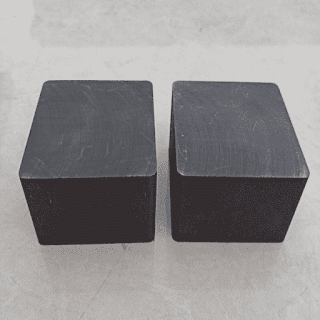Requirements for ramming furnace in ferrosilicon smelting
In order to maintain good air permeability in the furnace, the requirements for tamping in the ferrosilicon smelting process are very strict. Under the principle of not damaging the crucible, tamping should be quickly penetrated. New materials or additional coke should be added in time along the tangent direction of the electrode during tamping to reduce heat loss.
Ramming furnace is to flip over the sintering area with large pieces of furnace charge and charge surface bonded inside, so as to increase the permeability of charge surface, expand the crucible, and speed up the chemical reaction in the furnace.

During ferrosilicon smelting, silica still has great cohesiveness at high temperature. If the furnace is not tamped in time, it will affect the permeability, cause stabbing fire, shrink after drying, and slow down the reaction speed and cooling speed in the furnace. Obviously, furnace tamping is an important operation to increase the permeability of the charge surface and expand the volume of the crucible. Generally, after iron tapping, the furnace should be tamped once in principle. If the furnace condition is very good, it is not necessary to tamp every time. The method of penetrating the hole can be used to improve the permeability of the material surface.
Requirements for tamping furnace: 1 The speed of tamping furnace should be fast, and strive to reduce heat loss. 2. Charge or add coke while tamping the furnace. 3. The tamping furnace is suitable to remove all the areas with poor permeability, and pay attention to less damage to the crucible. The round steel of the furnace rammer shall not collide with the electrode and copper tile. 4. The rammed large sticky material should be pushed to the center and covered with furnace charge. The tamping operation of electric furnaces with small capacity should be flexibly mastered. 5. After the furnace is tamped, the material shall be added in time so that the electrode can be inserted into the furnace material.

Comments
Post a Comment